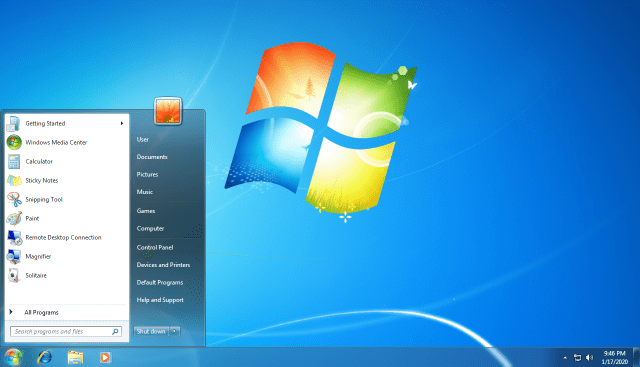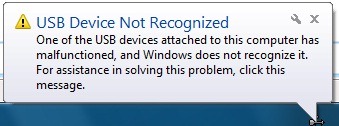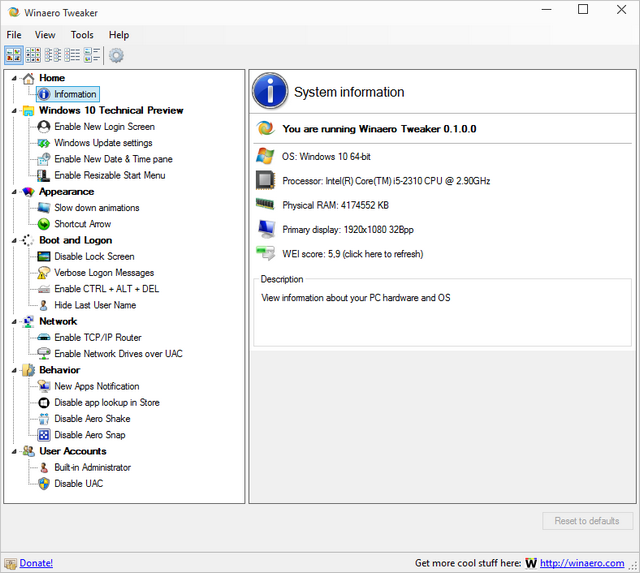We all have this question in our mind. “Why does my application break when we change the Operating Systems?” Typically, whenever a new OS is released, Microsoft makes every effort to ensure application Compatibility. Unfortunately, as the OS evolves and when reliability, security and performance improvements are made, there are some comprises which are made that ends up breaking some applications. Thankfully, when the changes are decided to be made, there is some mitigation planned to address the applications which are broken. Hence, Application Compatibility is one important which is on the top of everybody’s mind.
This series of posts covers information on how the core changes of Windows 7 will affect the applications. Also, it covers some basic methods to mitigate these issues from the viewpoint of Developers, IT Pros and End-users. You can follow the blog or refer TechNet for more insights on Application Compatibility.
- Part 1: How do you fix the OS Version Number Issues?
- Part 2: How do you Fix Browser Compatibility Issues?
- Part 3: Demystifying the Windows 7 Virtual XP Mode
- Part 4: Session 0 Isolation and Secure Desktop
- Part 5: Libraries, UAC, WRP and other Core Changes
This article is a guest post by Vijay Raj. He works at Texas Instruments focusing on Application Setup and Deployment. He is an MVP and a Springboard Series Technical Expert Panel member for Windows 7. He is one among the core team members at BDotnet and BITPro User Groups. He lives online at www.vijayraj.info. To subscribe to his technical blog Msigeek, Visit – http://feeds.feedburner.com/msigeek









All the info in this post doesn’t really help the user if he/she has no clue what compatibility or DLLs or APIs mean in the first place. If an application doesn’t work with Windows 7, the user is going to leave it and be frustrated with Windows 7 and microsoft and not the application’s developer. Simple rule of life !